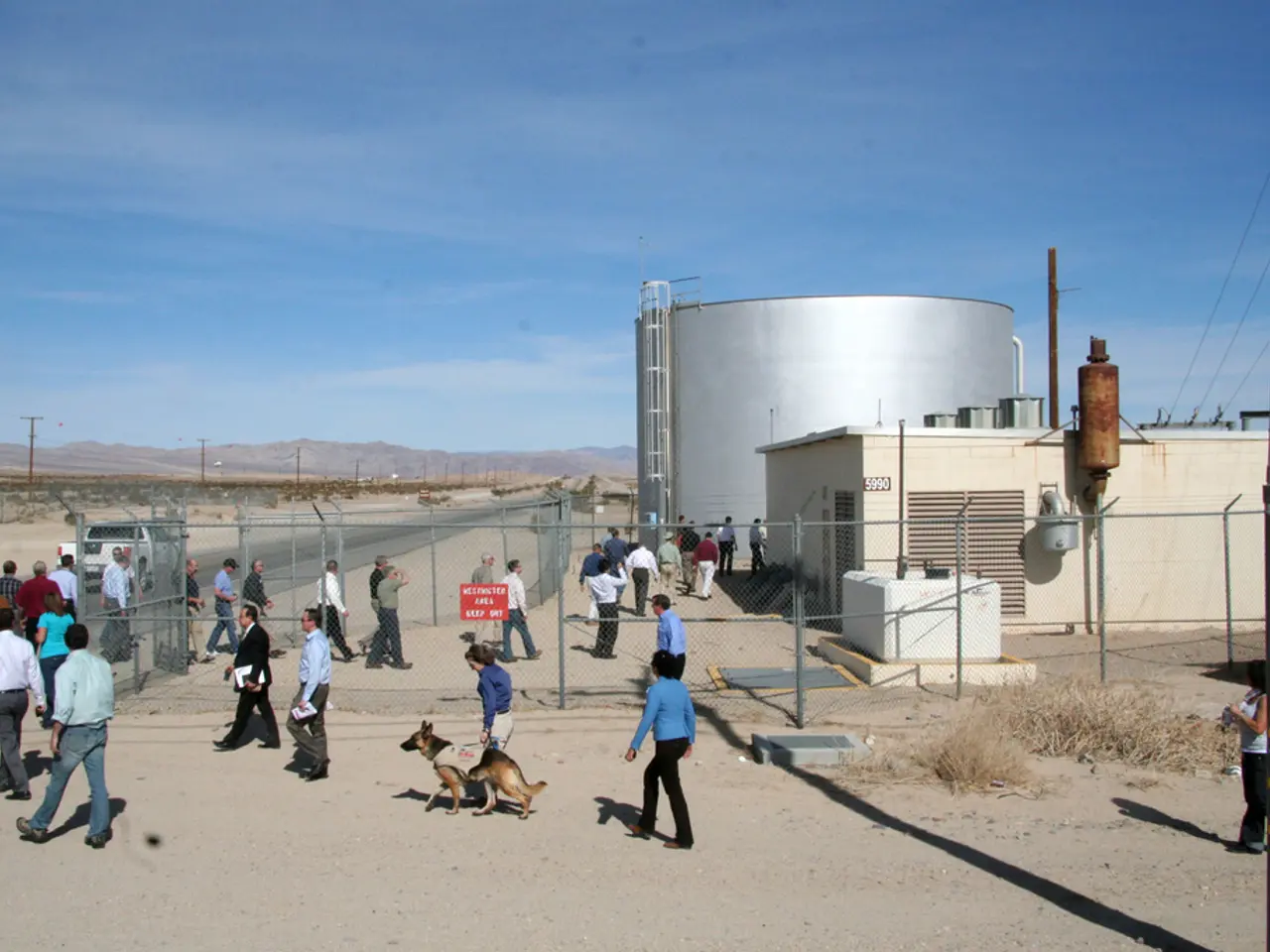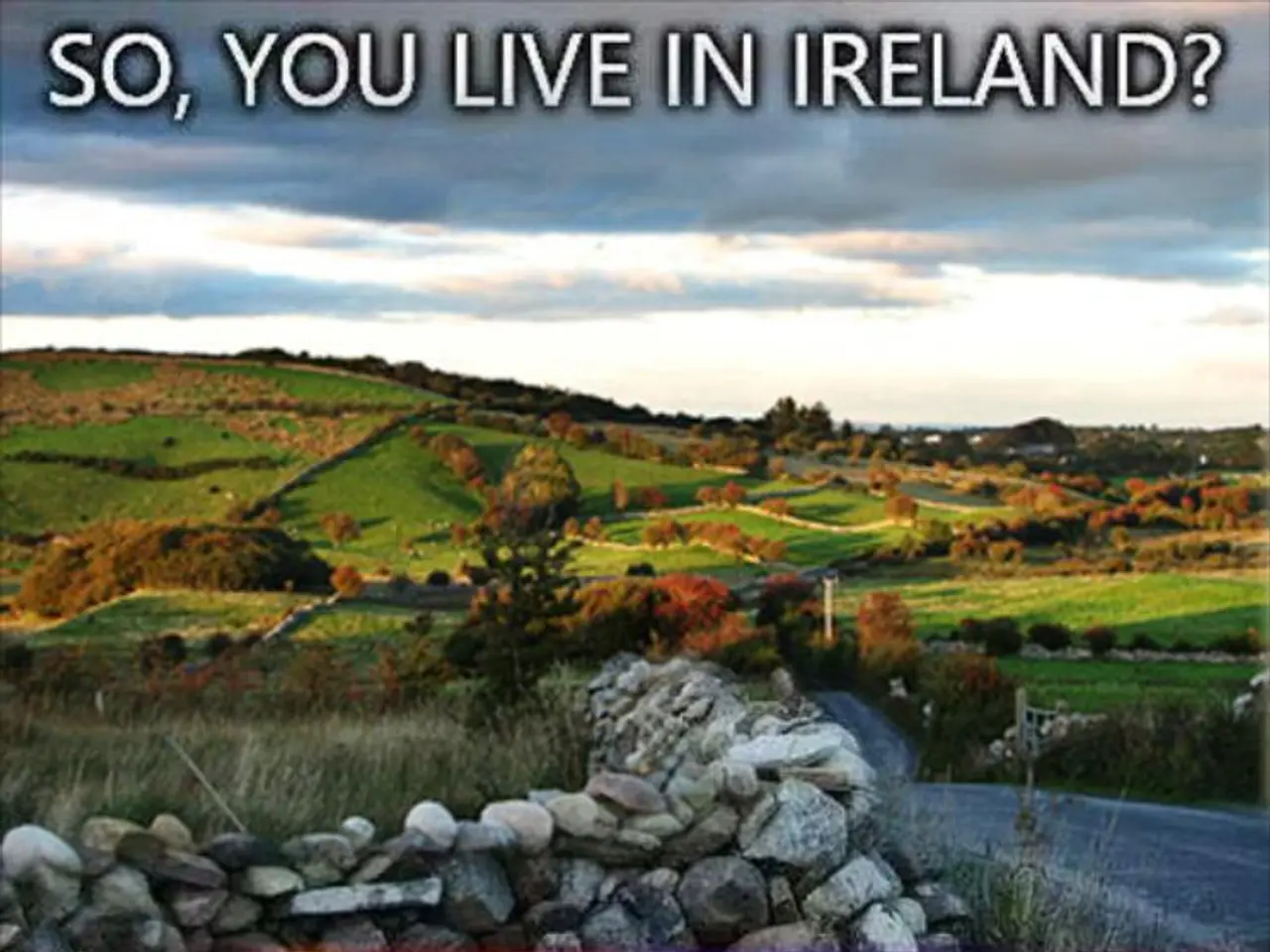2020 Offered No Respite for Environmental Activists Protecting Land
In 2020, at least 212 environmental and land defenders were killed worldwide, according to a report released by Front Line Defenders. This alarming figure underscores the risks faced by individuals who stand up against environmental degradation and fight for community rights.
These defenders confront significant threats primarily from land disputes and extractive industries, armed conflicts and paramilitary violence, criminalization, abductions, and threats, systemic marginalization, and digital threats.
The coal mine in question, situated on the border of South Africa's oldest nature reserve, is of concern due to its potential contribution to the poaching of endangered white rhinos in the region. In October 2020, Fikile Ntshangase, a 65-year-old grandmother in Ophondweni, South Africa, was killed after speaking out against the expansion of this coal mine near her home.
Ntshangase, who took the company, Tendele Coal, to court and refused a bribe to withdraw her legal case, was shot at home in front of her 11-year-old grandson. Her tragic death highlights the physical violence that defenders often face.
In addition to the risk of being killed, defenders also faced the risk of COVID-19 in 2020. The pandemic made everything digital, including attacks against environmental land defenders. Online capacity building had to be carried out in much shorter bursts over longer periods of time, and working remotely with defenders made it more difficult and took longer to establish trust.
The actual number of environmental land defenders killed in 2020 is likely higher than the reported 228, as many cases may go unreported. Moreover, in countries with scarce internet access, the inability to connect was a problem for defenders.
The Black Lives Matter movement in the U.S. inspired human rights campaigns against anti-Blackness around the world. Many Indigenous communities followed the steps of the Black Lives Matter movement, and Garifuna leaders and organizers, the Afro-descendant Indigenous people of Central America, faced risks last year.
Protecting environmental land defenders was more of a challenge in 2020 due to complications such as the pandemic, border closures, and inability to gather in groups. Despite these challenges, the fight for environmental justice continues, with at least 331 human rights defenders killed in 2020, with 69% focusing on land, Indigenous, and environmental issues.
The riskiest sector for human rights defenders in 2020 was still protecting "Mother Earth." As the world continues to grapple with environmental degradation, the importance of standing with environmental and land defenders becomes increasingly clear.
References: 1. Front Line Defenders (2021). Annual Report 2020. [Online] Available at: https://www.frontlinedefenders.org/en/resources/annual-report-2020 2. Global Witness (2021). The Global Witness Investigation: Environmental defenders under attack. [Online] Available at: https://www.globalwitness.org/en/campaigns/environmental-activists/global-witness-investigation/ 3. Amnesty International (2021). Attacks on the environment are attacks on human rights. [Online] Available at: https://www.amnesty.org/en/latest/news/2021/02/attacks-on-the-environment-are-attacks-on-human-rights/ 4. United Nations Human Rights (2021). Human rights defenders at risk: a global analysis of killings and threats. [Online] Available at: https://www.ohchr.org/Documents/Issues/Defenders/A_HRC_46_39_Add.1_EN.pdf
- The report published by Front Line Defenders in 2021 revealed that at least 212 environmental and land defenders were killed worldwide in 2020.
- These defenders face significant threats from various sources, including land disputes, extractive industries, armed conflicts and paramilitary violence, criminalization, abductions, and threats, systemic marginalization, and digital threats.
- Fikile Ntshangase, a 65-year-old grandmother from South Africa, was one such defender who was killed after speaking out against the expansion of a coal mine near her home.
- Ntshangase's tragic death underscores the physical violence that defenders often face as well as the risks posed by the COVID-19 pandemic, which made digital attacks more common.
- As the world continues to grapple with issues such as climate-change, environmental-science, politics, general-news, war-and-conflicts, art, activism, social-media, and entertainment, the importance of standing with environmental and land defenders becomes increasingly clear.
- Despite the challenges faced in 2020, including the pandemic, border closures, and inability to gather in groups, the fight for environmental justice continues, with at least 331 human rights defenders killed in 2020, with 69% focusing on land, Indigenous, and environmental issues.
- By following the steps of the Black Lives Matter movement, many Indigenous communities have also taken up human rights campaigns against anti-Blackness around the world, but this activism comes with its own set of risks.








